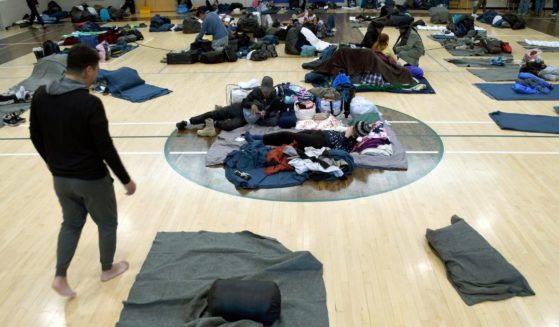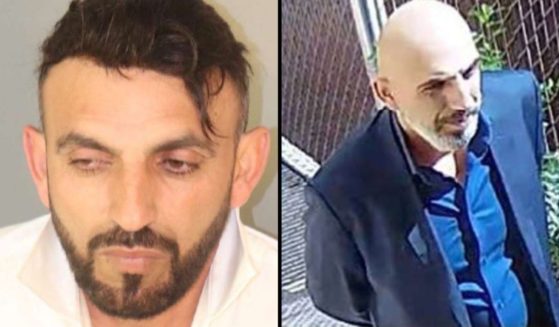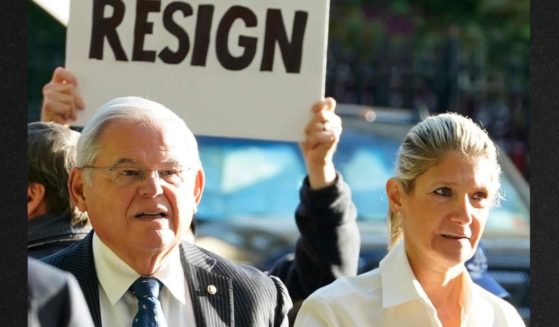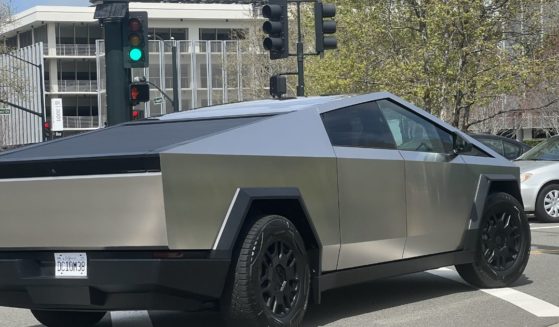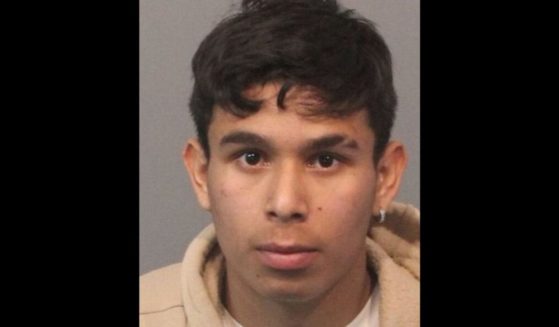Leopard Cub Paralyzed by Negligent Driver Miraculously Learns To Walk Again
Sometimes, the human world doesn’t mix well with nature. As we continue expanding our cities and constructing roadways, wildlife is forced to adapt to its shrinking environment.
When animals wander into busy traffic, the conflict between man and nature becomes blatantly apparent.
A leopard cub found herself in this same situation earlier this year. The 7-month-old leopard was hit by a speeding vehicle in west India, causing serious injury to her spinal cord.
Rescue officials in the area immediately brought the leopard to the Wildlife SOS Leopard Rescue Center. It was there they learned the young animal was paralyzed, in considerable pain and unlikely to fully recover.
However, those at the Rescue Center refused to give up on her. Senior veterinarian Dr. Ajay Deshmukh took the little leopard under his wing.
Deshmukh and his team treated the leopard with medication in addition to physiotherapy intended to help her get back on her feet. The leopard went through a variety of stretching exercises, massages and assisted walks.
With a lot of patience and care, Deshmukh and his team began to see results.
Despite having been paralyzed in the accident, the leopard was beginning to regain muscle control. Over the course of five months, the injured leopard learned to walk on her own again.
A 7 month old #leopard cub was left paralyzed after it was critically injured in a road accident when trying to cross the road in near #Maharashtra. The young feline is currently undergoing medical treatment and physiotherapy with help from experts at #WildlifeSOS. pic.twitter.com/xmzCiDy2wd
— Wildlife SOS (@WildlifeSOS) February 24, 2019
Deshmukh credited the successful healing process to what he perceived as a strong personality and willingness to survive.
“The cub’s undaunted spirit to heal and get back on her feet has been truly inspiring. Her recovery has been miraculous and we are grateful to the Forest Department for supporting our efforts to give this cub a second chance at life,” he told Mid-Day.
The recovery was a miracle, but it was only half the battle. Once the cub was ready to support herself, Deshmukh and his team next had to reintroduce the cub to her natural home in the wild.
The Wildlife SOS Rescue Center worked with Forest Department rescuers to release the cub into her original environment in Igatpuri.
Watch as the team of dedicated leopard rescuers release the fully-healed leopard into her natural habitat:
According to Kartick Satyanarayan, co-founder and CEO Wildlife SOS, this leopard is “just one among hundreds” to become a victim of reckless driving in recent years.
“The absence of wildlife corridors is one reason for the recurring of such cases,” Satyanarayan said.
“On finding their territory and prey base depleting due to the unwarranted invasion of their natural habitats, wild animals are constantly forced to seek out other means for survival, usually by becoming dependent on human habitation.”
“Unaccustomed to the noise and flow of traffic, the animals face problems while navigating the busy roads amidst speeding vehicles,” he said.
In response, conservationists and wildlife rescue organizations are calling for better enforcement of traffic laws and signage to indicate wildlife crossings.
Truth and Accuracy
We are committed to truth and accuracy in all of our journalism. Read our editorial standards.
